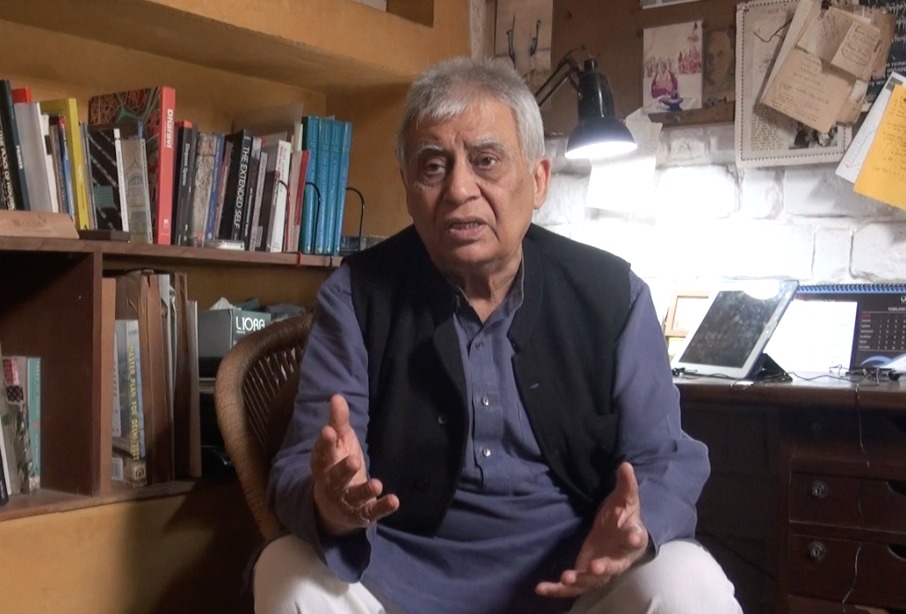
Values, Symbols and Archetypes, Ashish Ganju in conversation with Verendra Wakhloo
Ashish Ganju talks about the influence of values, symbols, and archetypes in his work: in conversation with Verendra Wakhloo.
Thoughts and views on architecture education and profession, contributed by the community of architects, students, educators and more.
All views expressed in this section are of the respective authors, and does not reflect the position of ArchitectureLive!

Ashish Ganju talks about the influence of values, symbols, and archetypes in his work: in conversation with Verendra Wakhloo.
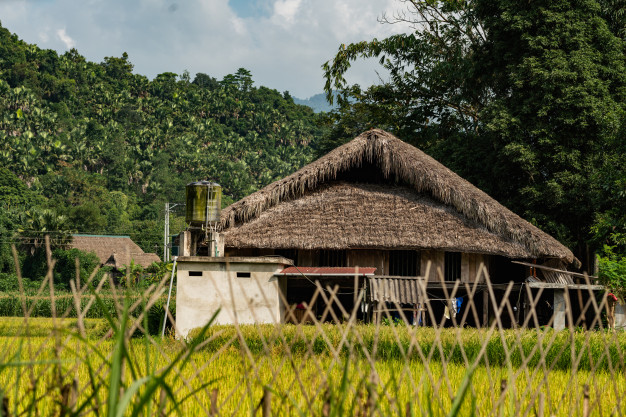
Rapport in 1969 had stated that “The primary determinants of indigenous architecture of any place are the culture and climate of that place.” The word culture derived from the Latin word ‘colore’ which means to tend to the earth and mature, blend in and nurture. These are the same prerequisites we believe architecture in its entire existence should abide by and, as Frank O Ghery had mentioned, “Architecture should speak of its time and place but yearn for timelessness”; this sheds much light on the para-importance of individuality and uniqueness of place and its impact on the people and culture. – NANDINI BISWAS
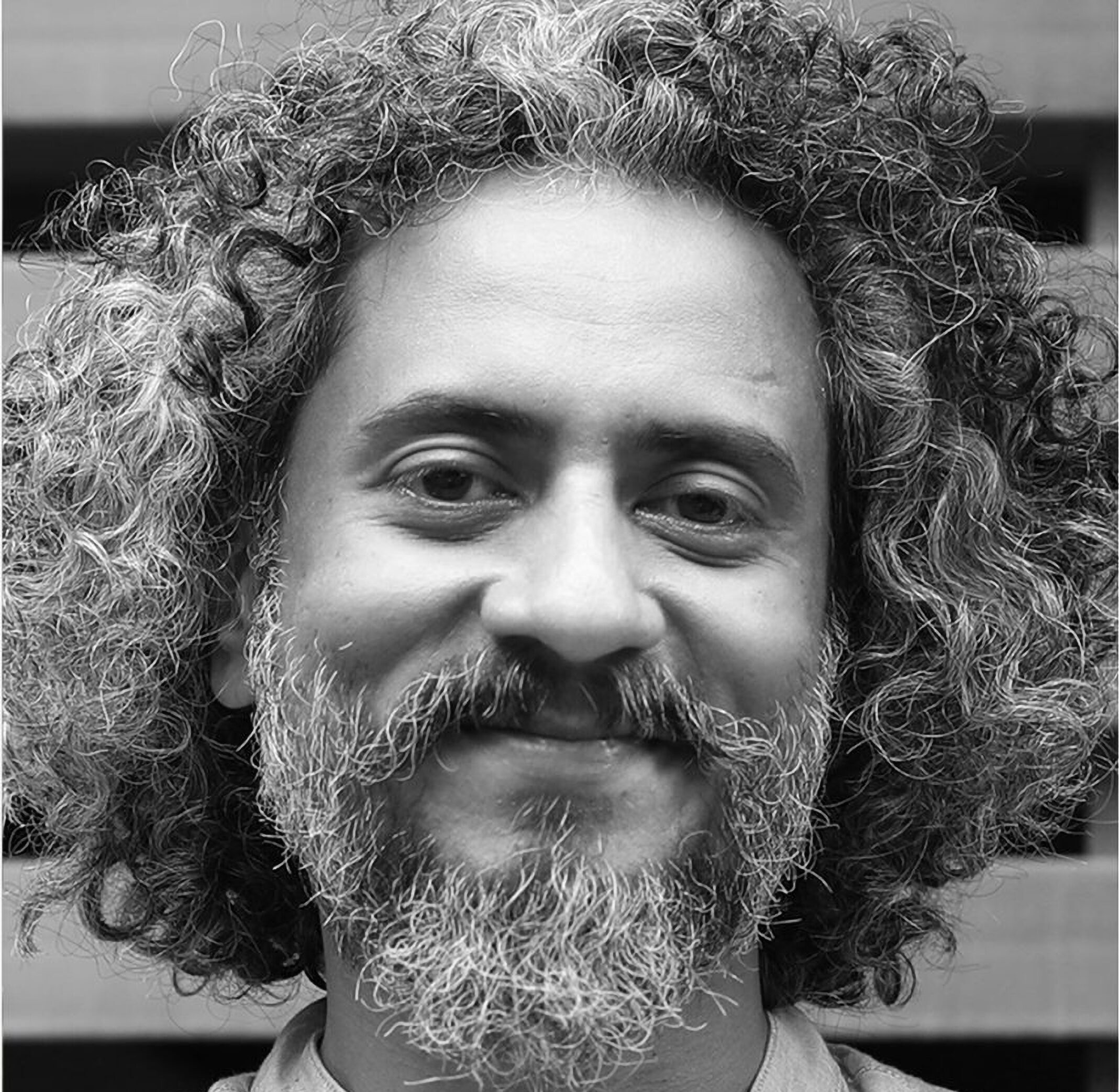
Madhav Raman, principal architect at Anagram Architects, holds the experience during the pandemic that the Corona Virus changed people’s belief systems. As he termed it a Gandhian Virus, it places people in a situation where they’re forced to think about other’s safety, for their own too. Madhav also highlights how the wealthy sections of our population, small in size, have opted to bag peri-urban farm lands as their new investment zones for personal built property, and how they sprouted many farmhouse projects in the Delhi market. This was accmpanied by a rethinking of home living ideas, as a result of the pandemic. Anagram Architects have experienced significant influences to their vibrant and physically active studio environment, as bio-safety measures forced remote and slower modes of architecture practice.
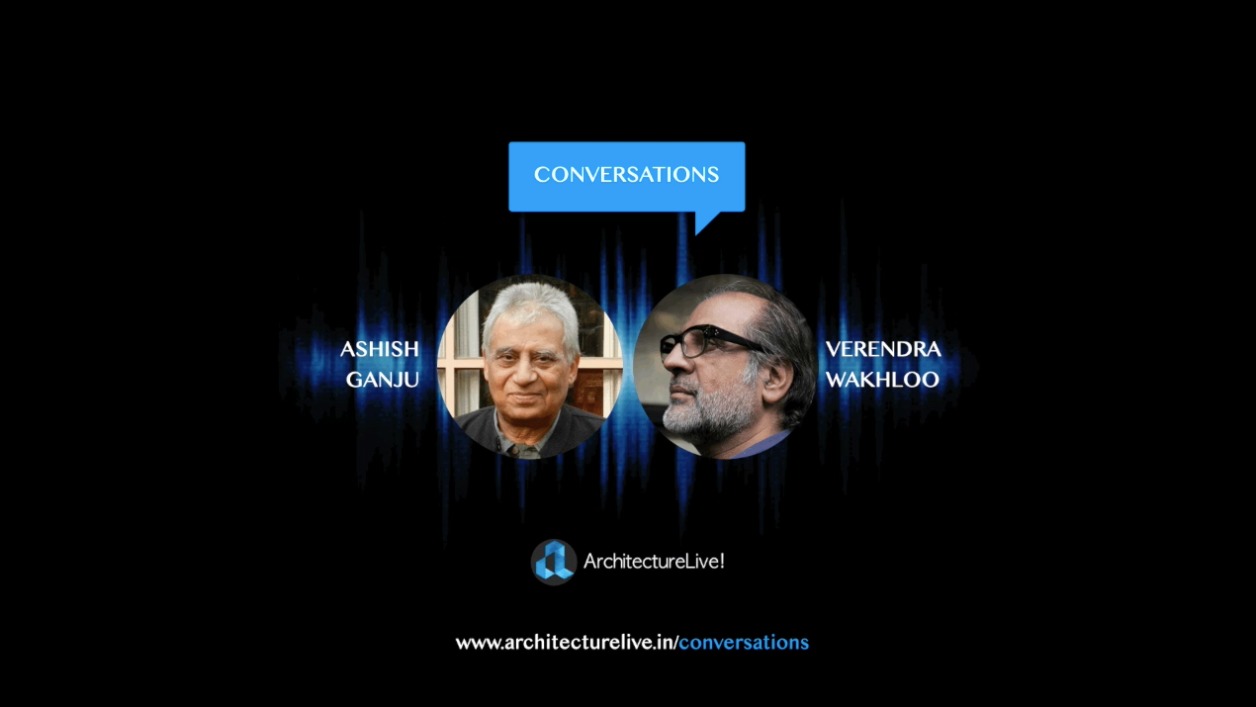
Part 1: Ashish Ganju and Verendra Wakhloo discuss the true meaning of architecture, built, and unbuilt.
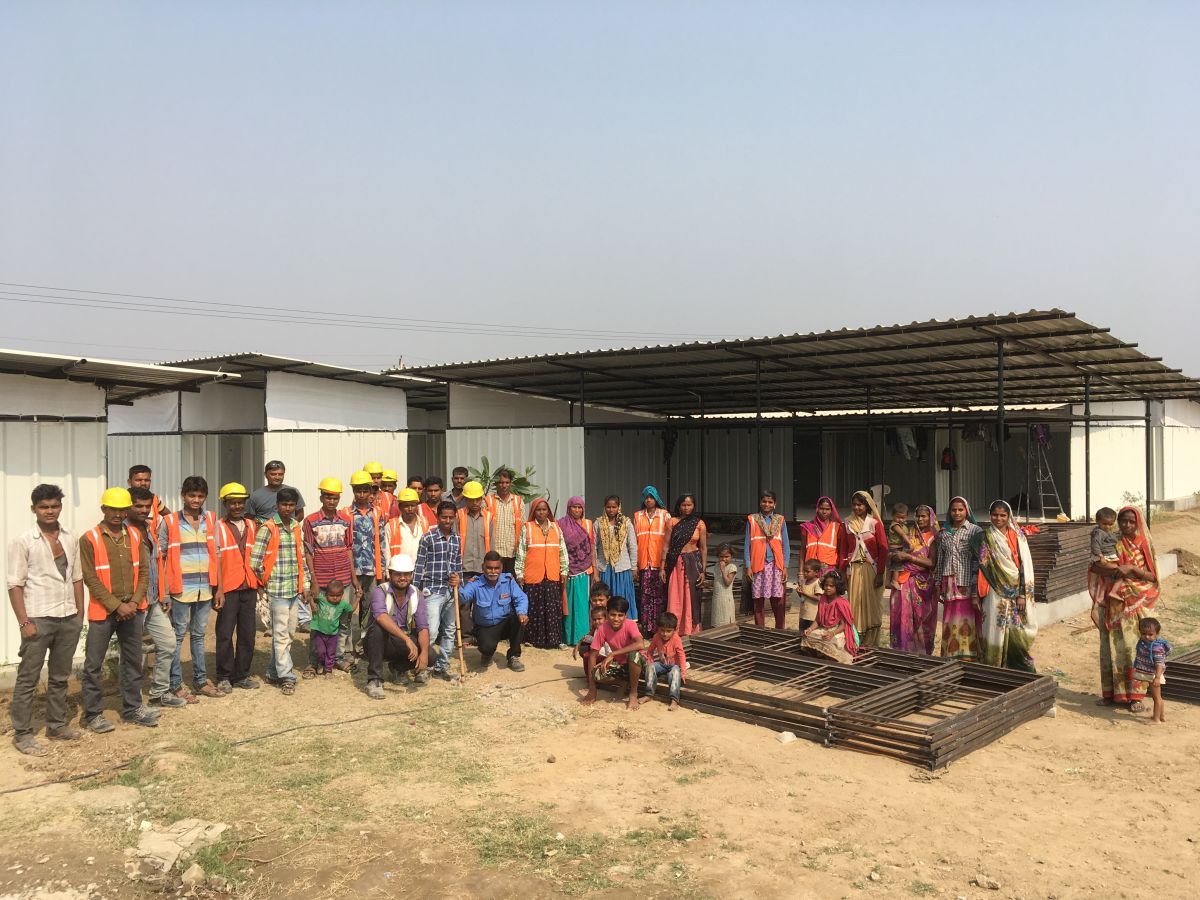
Hatch Workshop is a team led by New Zealanders who emerged as designers of housing for migrant labourers in Ahmedabad. The duo of principal architects Hannah Broatch and Mason Rattray couldn’t use opportunities in India to execute new housing for the vulnerable, owing to the travel restrictions during COVID-19. Hatch Workshop’s current focus is on projects in their hometown of Aotearoa and Auckland, hoping to resume soon in India.
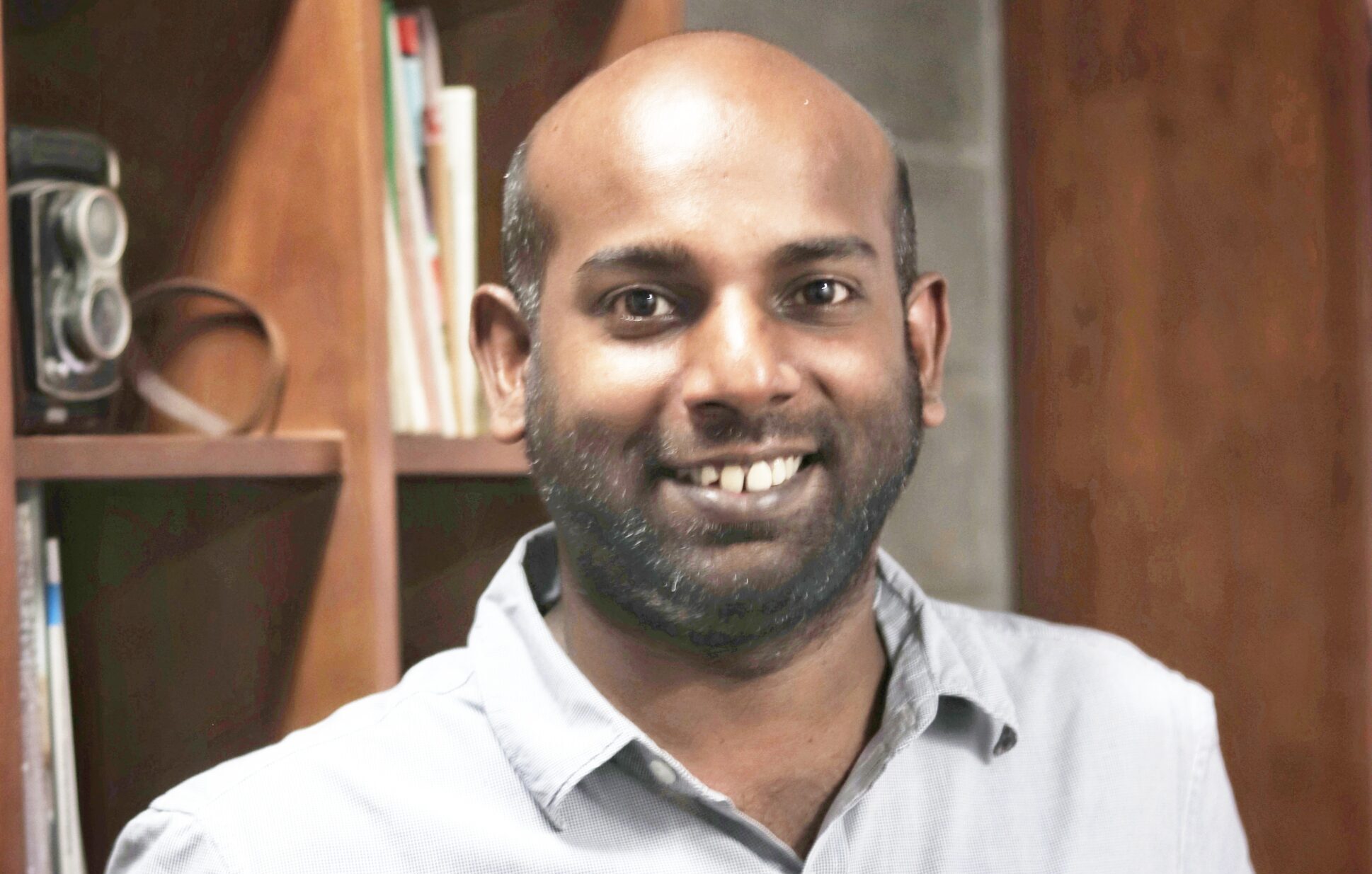
A Design Co. is an architecture and interior design practice, focussing on the principle of being a work-in-progress in terms of their studio’s collective growth. The team has handled the tray of challenges from the Pandemic, importantly hindered coordination and adapting to effective remote work methods. This shift in has embedded fresher technological and collaborative work processes in their practice.
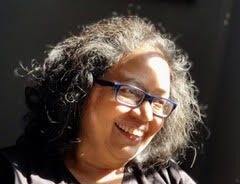
Founded in 1987 and led by architects Neeta Das and Shubhrajit Das, the studio is involved in urban conservation and housing, in addition to home design. The studio experienced as challenges the unsuitability of virtual work methods, besides halted projects and monetary disruptions. – Neeta Shubhrajit Das Associates
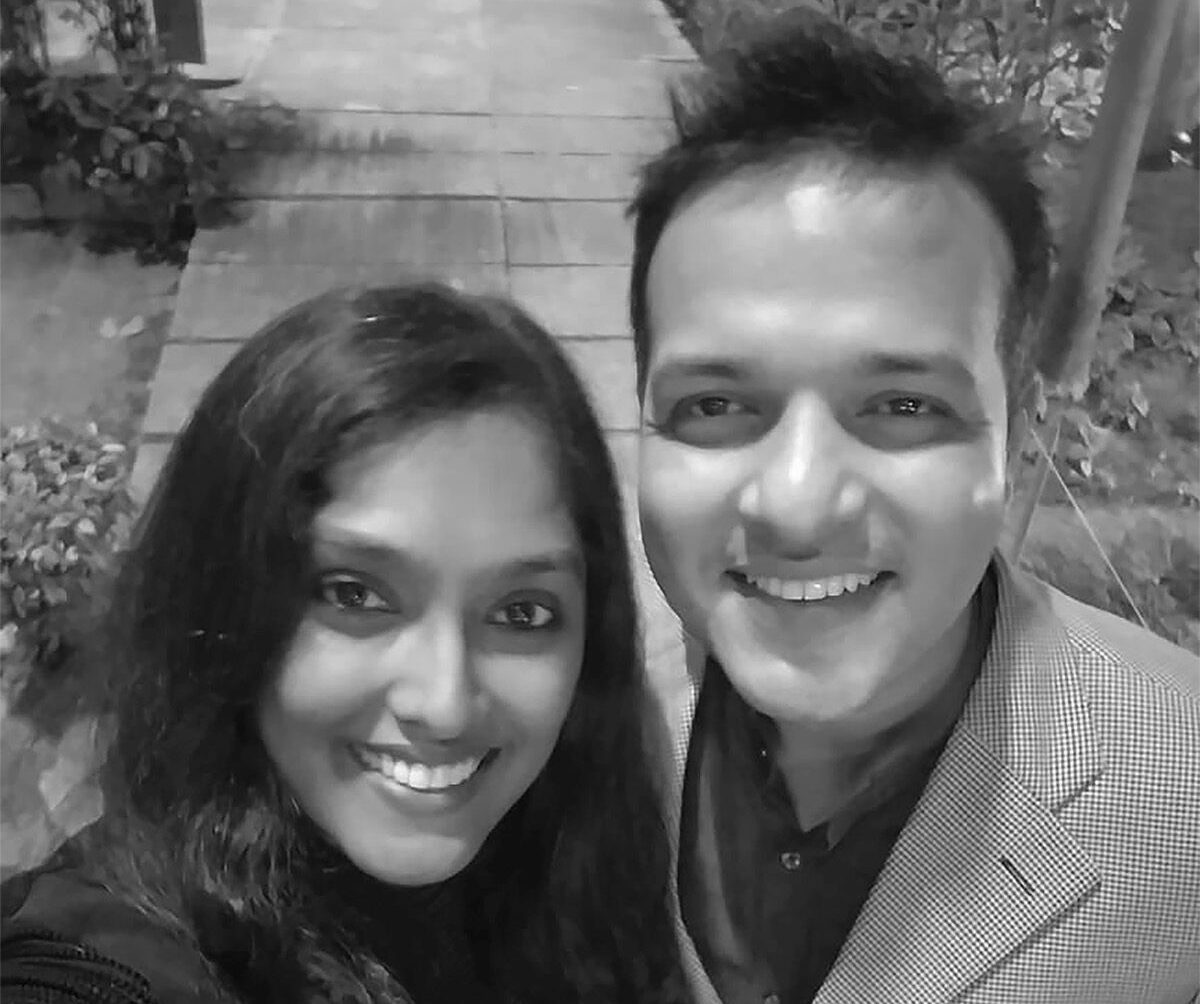
A team composed of multifaceted creative individuals witnessed an opportunity to rethink their existing process of operating with a variety of work bubbles within a single studio. The team also experienced good sustenance with their different channels of work, their off-studio initiatives, alongside their strong connectivity within the studio team.
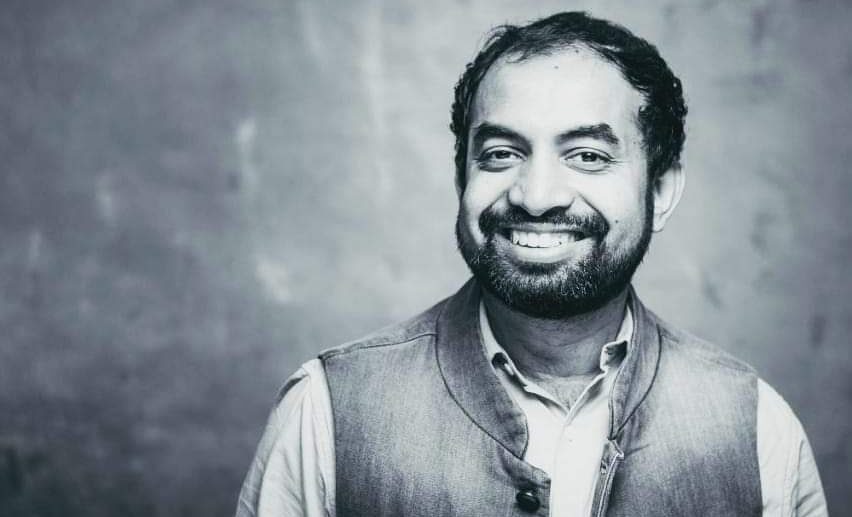
The team at Funktion Design experienced the challenges of keeping up the morale of their personnel during fears of the pandemic. The studio had identified ways of enlivening their workspace to maintain the team’s vibrancy and increased the spirit between members. The studio’s relatively fresh experience with cloud working systems has helped them realize the importance of resilient in-studio work processes to pre-empt any future challenges like this pandemic.
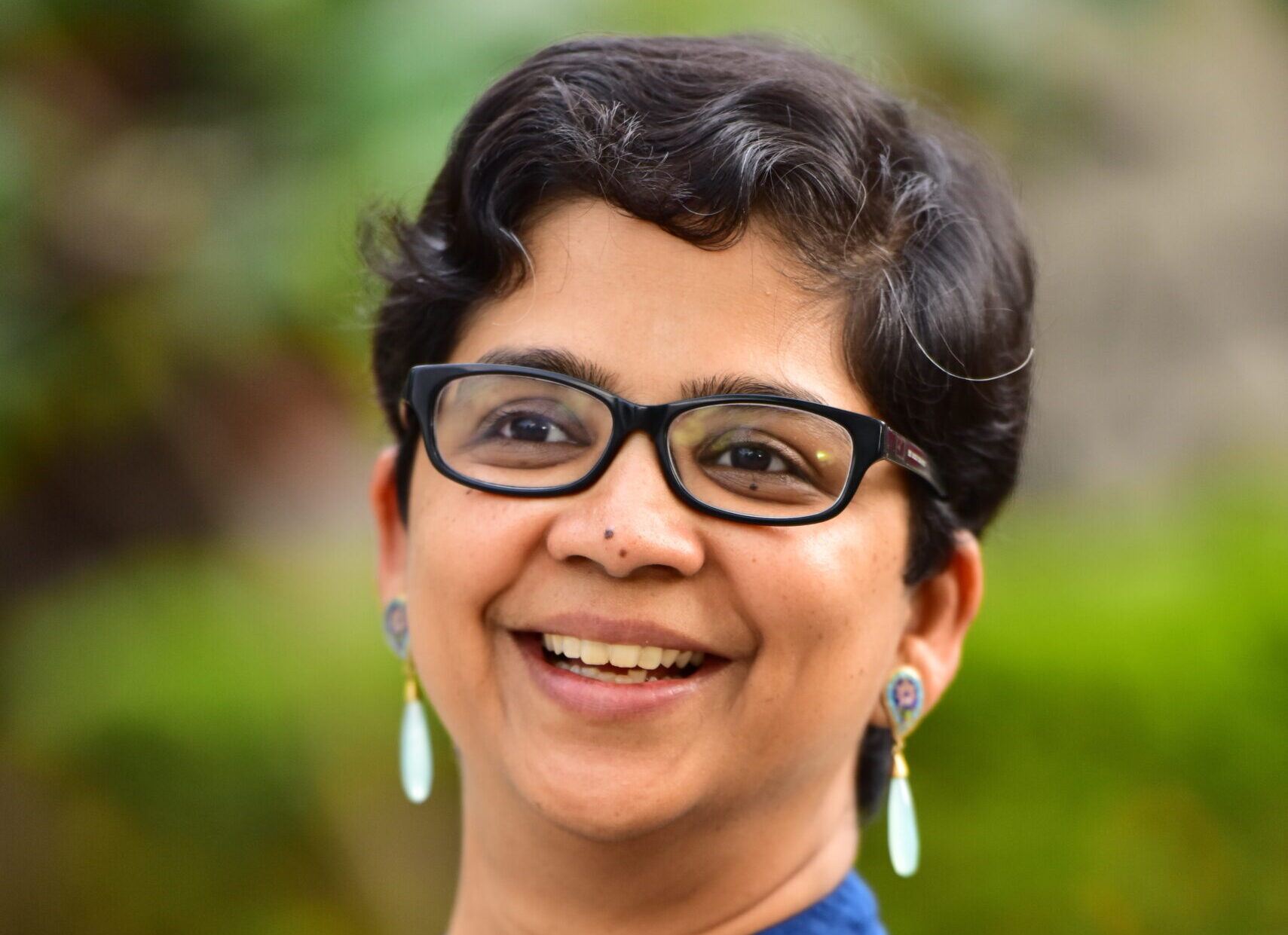
Nivasa NGO, possessing a network of advisors, fellow NGOs and funders, collectively witnessed additional strain on their monetary channels to aid their initiatives. The lockdowns, however, helped principal architect Akhila Ramesh to reinvent her journey with the Nivasa NGO team. With a rejuvenated studio structure and efforts to implement dignified living for the urban and rural poor, the team hopes to expand their friend network and funding avenues to aid their cause.
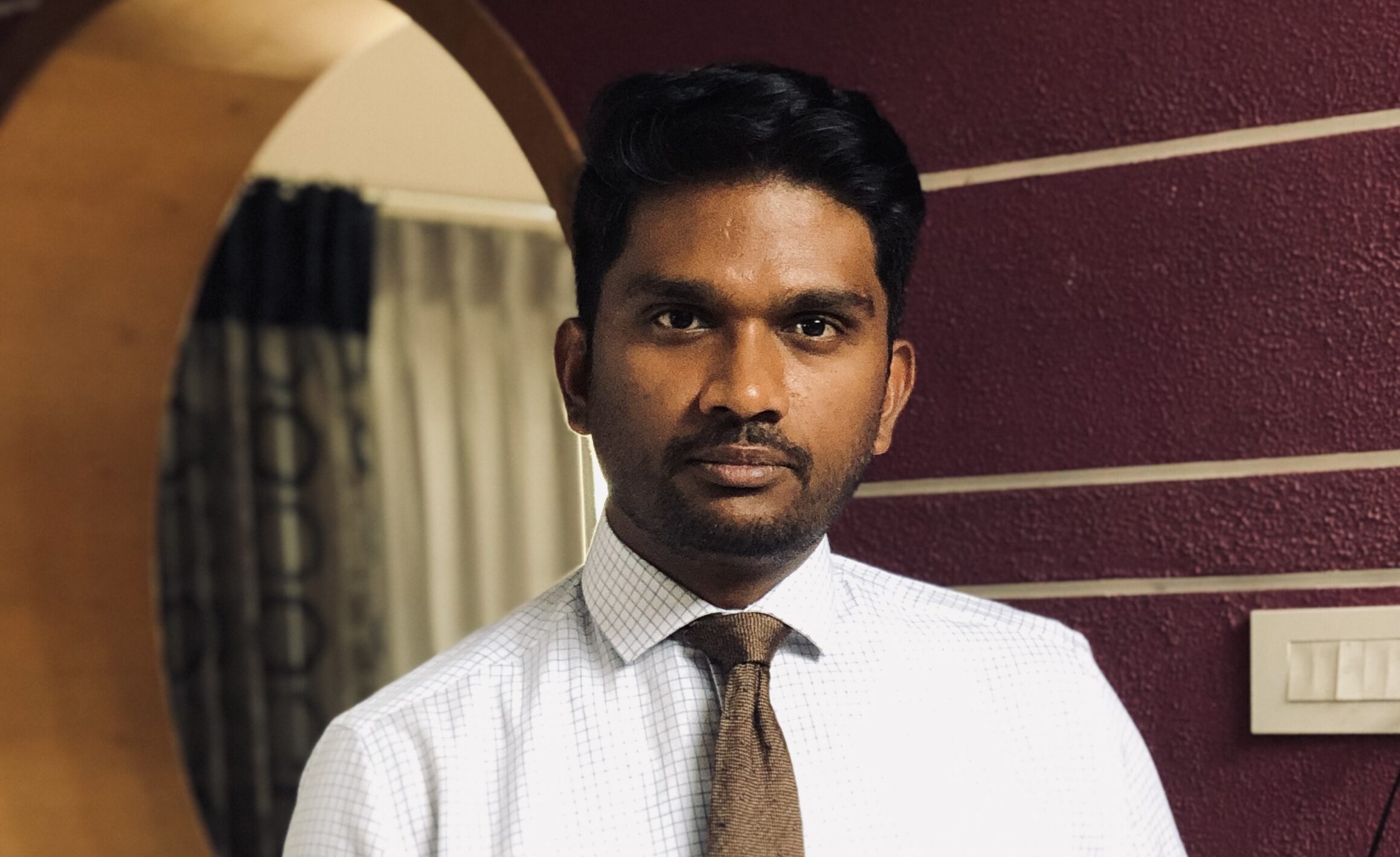
The team at Morphemy architects experienced a complete halt of projects and monetary flow. The team, however, learnt that maintaining agility at work through challenging times is crucial. Additionally, the team was oriented toward responding to the environment’s processes through their design, during the pandemic.
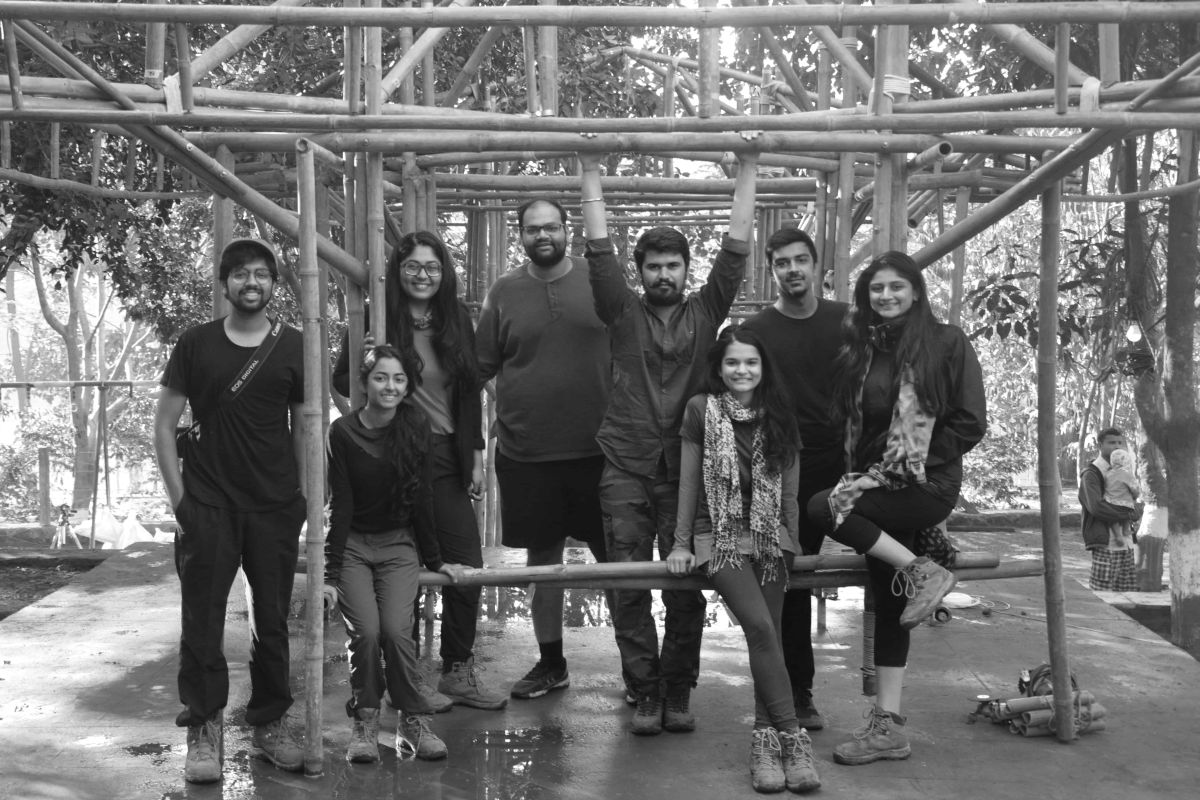
As a young and large bunch of designers, Compartment S4 experienced a distancing of the studio members alongside the halting of projects and monetary flow. The team, however, found the hiatus as an opportunity to equip virtual methods of collaboration with their work, such as co-drawing digitally. Compartment S4 also came up with their exciting new initiative in the form of a Magazine, that is in cohesion with their talk series called “Friday Night Conversations”.
![Persisting with tech for an ever-changing world - Sushant Verma, rat[LAB]](https://architecture.live/wp-content/uploads/2021/02/SushantVerma_ratLAB_Portrait_2019_02BW1-e1613811340986.jpg)
rat[LAB] was founded on the technological strength it possessed. The studio has already been functioning as a team of remotely working associates from different time zones, with cloud computing as one of their practice tools. The pandemic experience has shown the team that technology supports their practice to adapt to the surprises that the world can throw at us. Additionally, savings from previous projects has helped the team stay afloat, in any case of fears that they may have encountered.
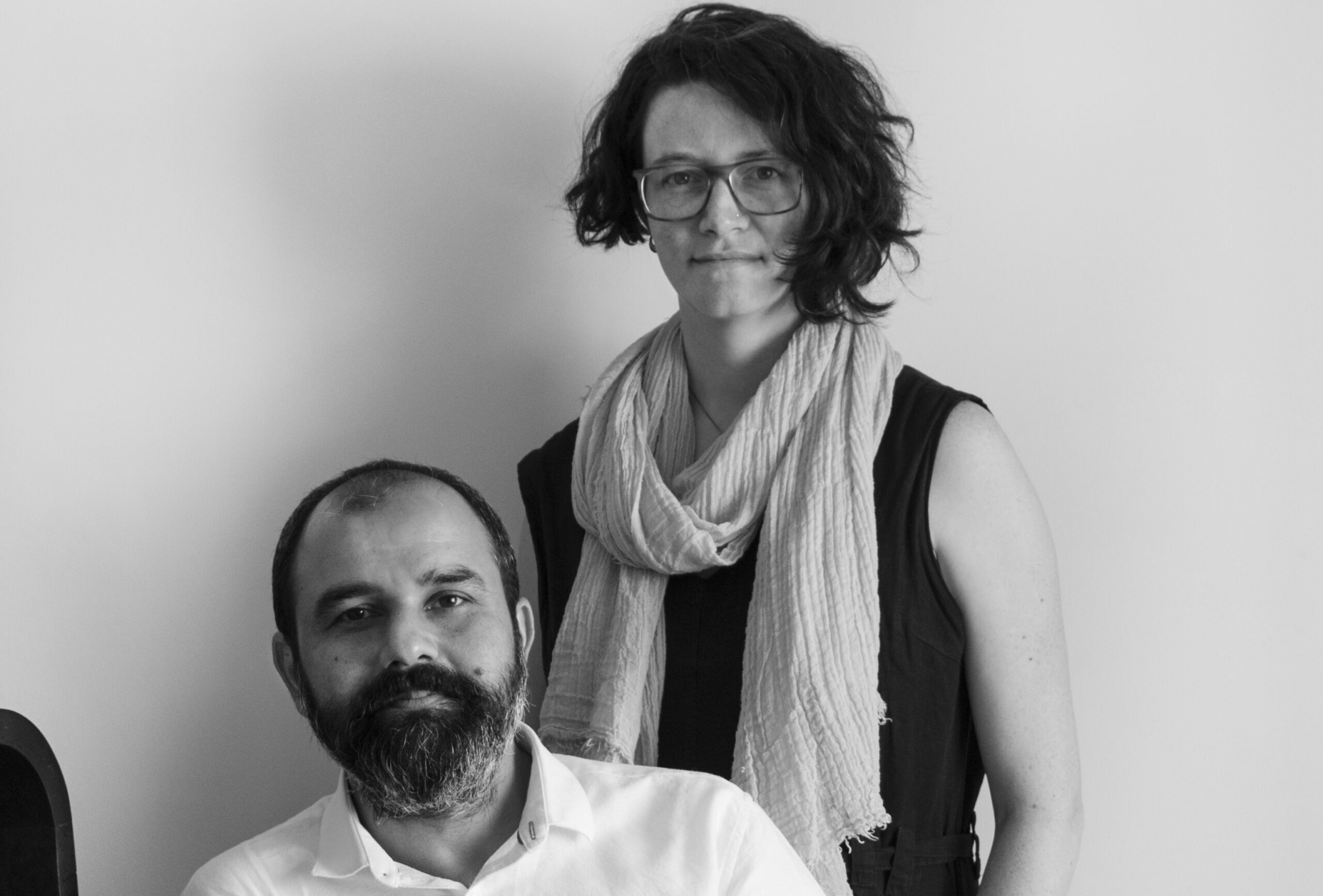
Banduksmith studio, a closely-knit team, experienced the hindrances in their internal and on-site coordination as the significant challenges. Moving swiftly into the virtual space to coordinate and continue work as the lockdowns were enforced, aided in levelling up the studio’s flexibility. The studio believes they adapt to any forthcoming challenges too to flexibly stay in collaboration with fellow practitioners.
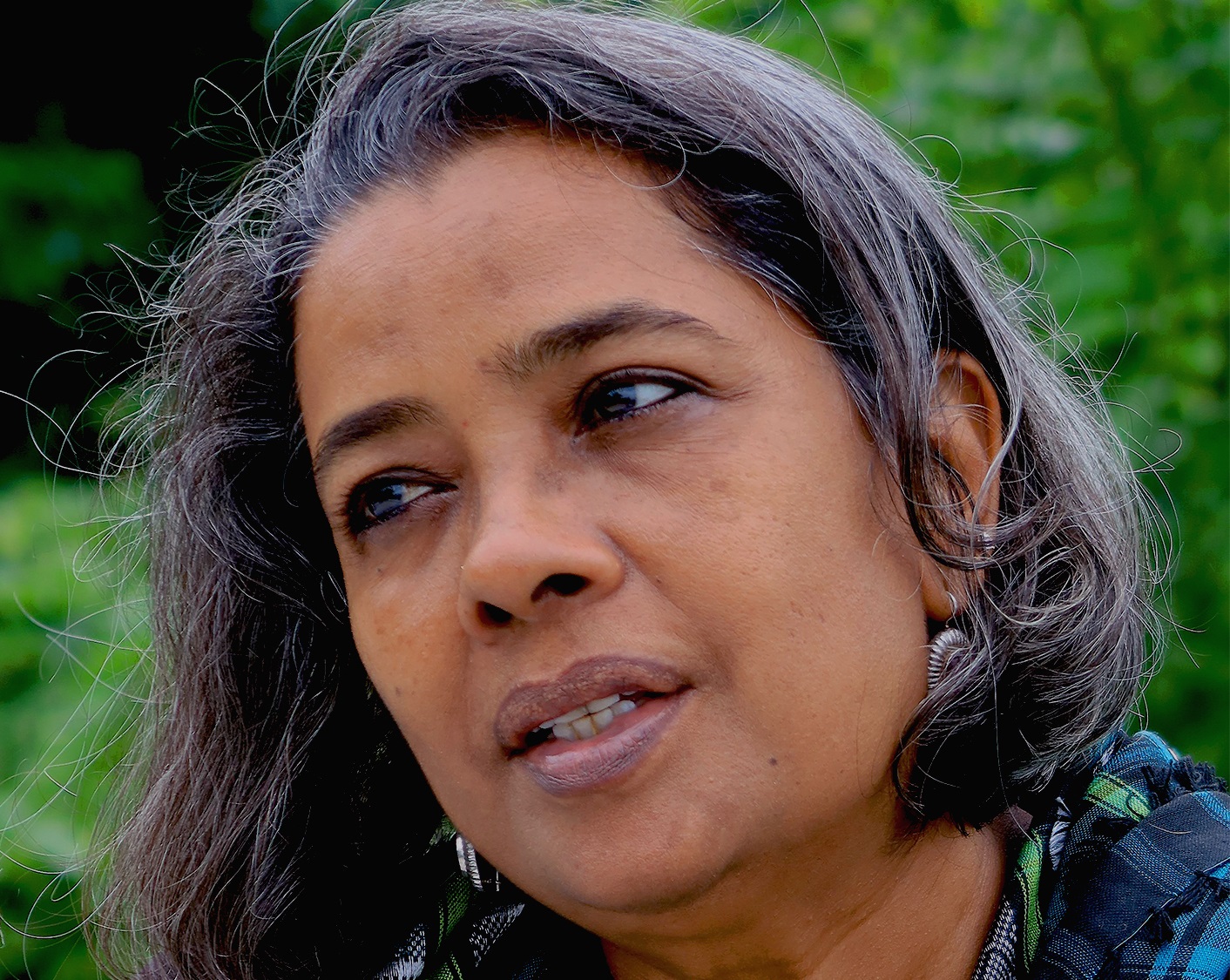
Architect Suhasini Ayer – Guigan , principal of Auroville Design Consultants, Auroville, shared insights on how the industries associated with Architecture practice were already facing a recessive market. The pandemic, hence, was not a fresh disaster to our practice, and perhaps possessed opportunities for youngsters to improve their interpersonal skills. Architect Suhasini also shares insights on how Indian manufacturing is deeply connected with global production cycles, thereby causing a chain of shutdowns to Indian work. Additionally, she also shares the significance of the shifting thought and behaviour patterns of the general Indian working population toward more efficient practices, from being disorganized and spontaneous.
Stay inspired. Curious.
© ArchiSHOTS - ArchitectureLive! 2025
Notifications